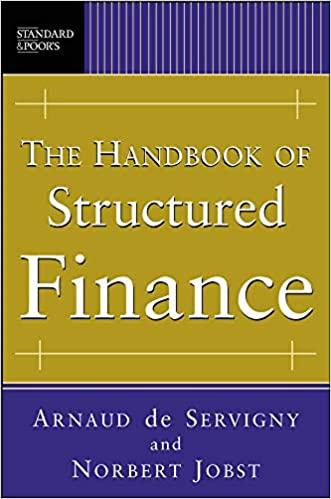Question
Imagine a dollar amount that you think you could afford to consistently deposit into such an investment account each month, and that the investment account
Imagine a dollar amount that you think you could afford to consistently deposit into such an investment account each month, and that the investment account consistently pays 6% interest, compounded monthly.
(a) Assuming you only make these consistent deposits each month and never withdraw anything, how much will be in this account after 30 years?
(b) How much of the money in this account will have come out of your own pocket?
(c) How much of the money in this account will you have earned from interest?
(d) Suppose you want to have a million dollars in this account after 30 years. This would correspond to = 1,000,000. Solve the above formula for and then plug in all the given values to find out how much you will need to deposit consistently each month to achieve this.
(e) Perhaps it will be difficult to do this now, but suppose that for the first 5 years you could afford to consistently deposit $300; for the following 5 years you could afford to deposit $600 consistently; and for the final 20 years you could afford to deposit $1500 per month (by this time, with a degree, a good job, and the effects of inflation this is doable). How much would be in the account at the end of this 30 year period? Determine this by answering the following questions:
(i) What would be the result of consistently depositing $300 per month for 5 years?
(ii) What will the amount in part (i) grow to by just sitting in a savings account paying 6%, compounded monthly, for 25 years?
(iii) What would be the result of consistently depositing $600 per month for 5 years?
(iv) What will the amount in part (iii) grow to by just sitting in a savings account paying 6%, compounded monthly, for 20 years?
(v) What would be the result of consistently depositing $1500 per month for 20 years?
(vi) How much $ do you get by adding the amounts from parts (ii), (iv), and (v)? (this is what the strategy in part (e) will yield.)
Step by Step Solution
There are 3 Steps involved in it
Step: 1

Get Instant Access to Expert-Tailored Solutions
See step-by-step solutions with expert insights and AI powered tools for academic success
Step: 2

Step: 3

Ace Your Homework with AI
Get the answers you need in no time with our AI-driven, step-by-step assistance
Get Started


